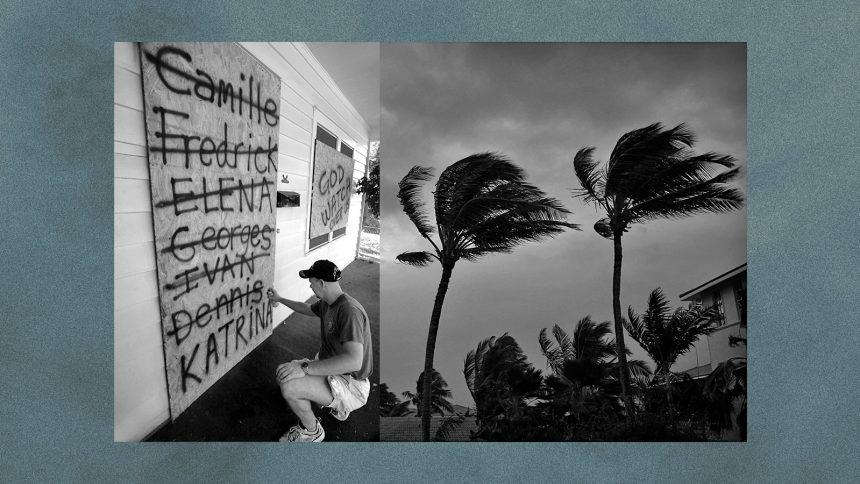Every year, ahead of the official start of hurricane season in June, the National Oceanic and Atmospheric Administration releases the forecast for the upcoming tempestuous season in the Atlantic Ocean. This prompts a flurry of articles answering common questions: How are hurricanes named? This year’s list starts with Alberto and continues with names like Beryl, Chris, and Debby. Particularly destructive storms have their names retired. As this year’s season is expected to be the busiest yet, with record-hot waters in the Atlantic fueling stronger hurricanes, NOAA predicts 17 to 25 named storms, four to seven of which may become major hurricanes. The tradition of naming hurricanes dates back to 1953, when tropical storms started being labeled to increase public awareness and reduce confusion between storms. The practice of naming hurricanes after women began with Australian forecaster, Clement Lindley Wragge, and gained popularity in the early 20th century. The names provided to hurricanes can have a significant impact on how they are perceived and prepared for, with research showing that people tend to perceive female-named storms as less deadly and may be less likely to evacuate. Some argue that it is time to give names to other severe weather events, opening up a new avenue in disaster communication.






